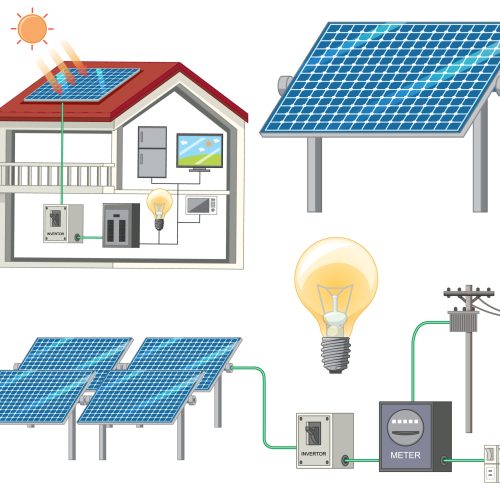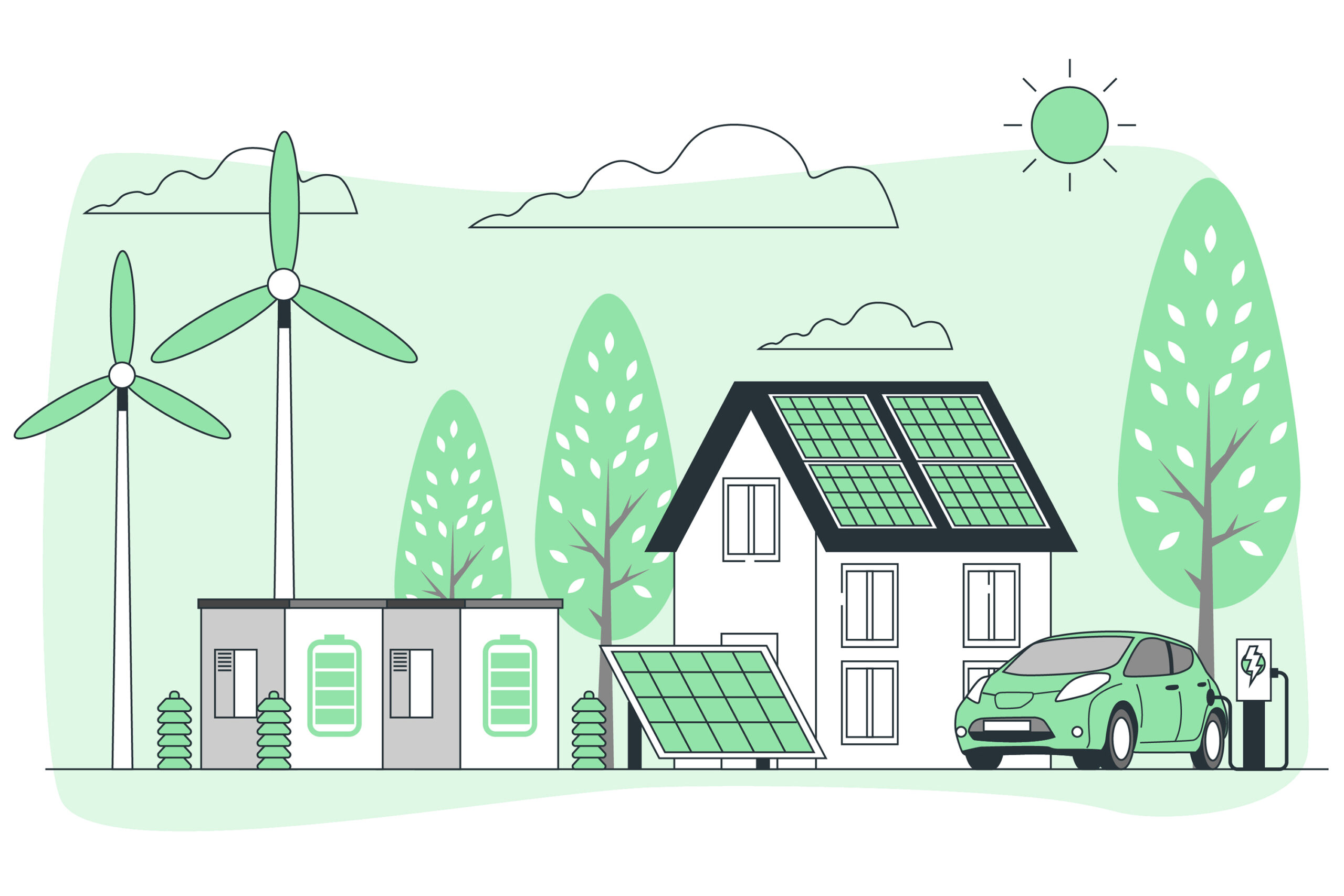Introduction:
Solar energy technology is constantly evolving, with new innovations and trends shaping the future of renewable energy. In this article, we will discuss some emerging solar technologies and trends that have the potential to transform the solar industry and our approach to clean energy production.
Bifacial Solar Panels:
Bifacial solar panels are designed to capture sunlight on both sides, increasing their efficiency and energy output. These panels can generate up to 30% more energy than traditional monofacial panels, making them an attractive option for maximizing solar energy production.
Building-Integrated Photovoltaics (BIPV):
BIPV technology integrates solar panels into the building materials, such as roof tiles or facade panels, allowing structures to generate their own electricity. This innovative approach to solar energy can help make solar power more aesthetically pleasing and widely adopted in residential and commercial buildings.

Solar-Plus-Storage Systems:
Combining solar energy systems with battery storage solutions allows homeowners and businesses to store excess energy for use during peak demand periods or when solar production is low. This increases energy independence and reduces reliance on the grid.
Perovskite Solar Cells:
Perovskite solar cells are a promising new technology with the potential to revolutionize the solar industry. These cells offer high efficiency, low production costs, and a wide range of applications. Though still in the research and development phase, perovskite solar cells hold great promise for the future of solar energy.
Conclusion:
The solar industry is continuously evolving, with new technologies and trends emerging to improve efficiency, reduce costs, and increase adoption rates. By staying informed about these developments, you can make the most of your solar investment and help contribute to a cleaner, more sustainable future.







